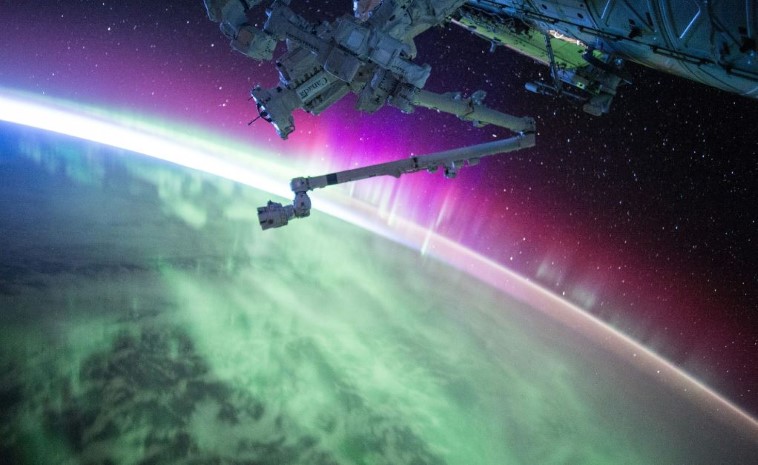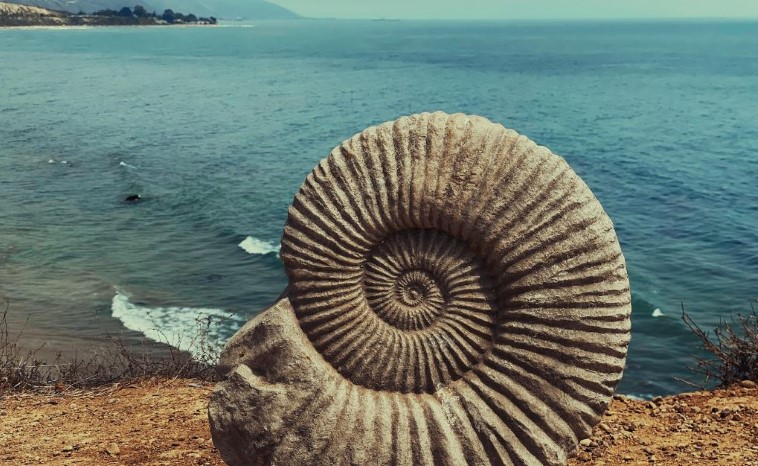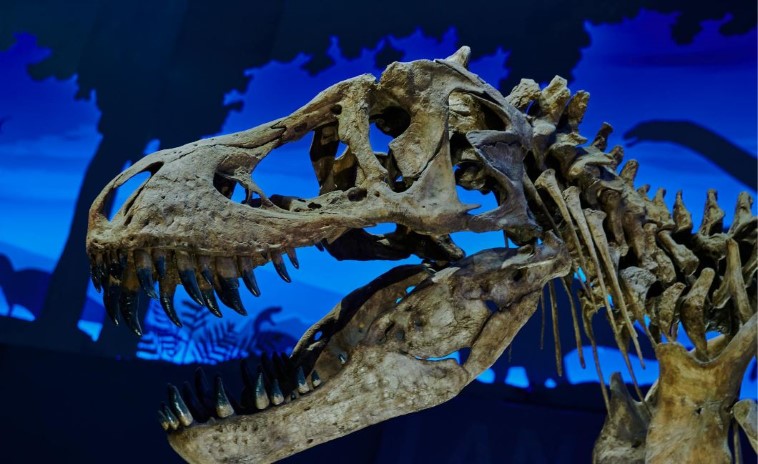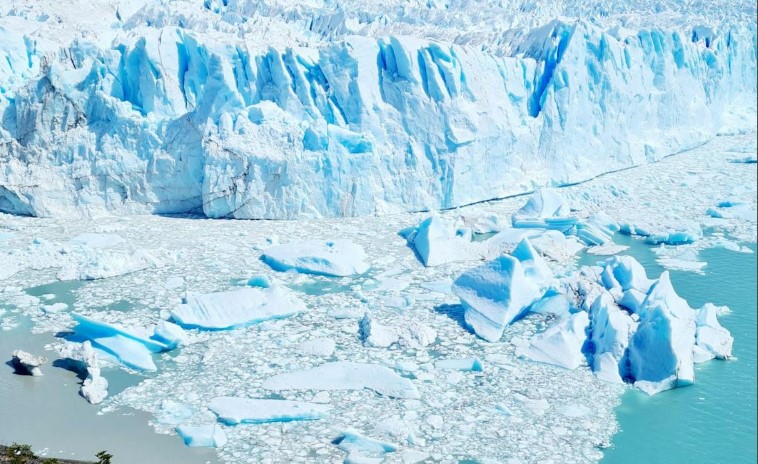Evolution of life on Earth: The idea of a primordial mixture

Thanks to the Sun’s heat and the atmosphere that makes it tolerable, but also protects the planet from deadly ultraviolet radiation, some scientific circles claim that it was about 4 billion years ago when what we call life began. Now, let’s go through the details of this theory of evolution and along the way some we’ll pick up some other interesting ideas as well.
Fossil records show us that this version of life and its presence on Earth was not always joyful. In fact, it paints a picture that there were periods when great disasters occurred, when up to 90% of the organic world died out, and entire landscapes completely changed their original appearance!
Today, our planet is abundant with life and life forms we are still discovering in detail. It can be said that these have occupied all ecological niches in forms that count millions of species on its surface, water and air, but also in the considerable depths of both the sea and the land, where high pressures and extreme temperatures prevail.
Namely, with its orbit that is not too close to the Sun, but not too far from it, the Earth seemed to always hold a unique position in our solar system and as a result received a unique opportunity for the origin and development of life.
As we know by now, the very act of creating life is still not clear enough. It is an old idea that in the primordial shallow sea or “primordial soup” a mixture of chemicals was boiled in which, with the help of sunlight and atmospheric electric discharge, the first self-replicating molecules were created through chemical copying.

Another, less accepted hypothesis, says that these molecules arrived from the depths of the cosmos, from some cloud of gas and dust from which they were transported to Earth via a comet.
However, the findings of living beings deep below the surface of the ocean, far from the influence of sunlight, where the main source of energy and heat are hot hydrothermal springs and where hydrogen sulfide-based chemistry rules, lead to the question of whether primitive life was conceived in precisely such inhospitable environments.
From the frontier of chemical to organic evolution
Considering the fact that the original organisms had a soft body without a skeleton or shell, then that their remains were deposited at the bottom of the sea that was recycled many times over the course of billions of years, either folded and raised into continents or even large mountain systems, it is clear why we know very little about the early history of life.
There is no clear evidence of when life passed from the frontier of chemical to organic evolution. It is believed to have been in the period of about 3.5 to 4 billion years ago. How did we come up with this number though?

Well, fossil remains of organisms from the group of prokaryotes were found in the rocks of that age. Their basic characteristic is that they do not have a cell nucleus surrounded by a membrane, and they reproduce by cell division, whereby the newly formed cells have exactly the same characteristics as those from which they were created.
Only through mutation, can new prokaryotic organisms become somewhat different from their parents. Therefore, these organisms have not changed significantly from the earliest periods of Earth’s existence until today (e.g. cyanobacteria).
The evolution of prokaryotic organisms over a long period of time gave rise to eukaryotic ones, i.e. organisms with a membrane around the cell nucleus and clear chromosomes. All higher organisms, from protozoa to humans, belong to this group.

And so, we could argue that since its original appearance, life has very gradually developed from the simplest primitive forms to the incredibly amazing forms that inhabit all the expanses of the Earth’s surface: sea, land and air.
But life did not try to occupy only those areas where the climate was suitable and pleasant, but also inhabited many places with extreme conditions of survival. Nevertheless, the fact remains that then, as well as today, the vast majority of living organisms on Earth could not survive without liquid water.
Life forms that inhabit land, fresh water and air
As we’ve seen so far, from the moment of creation, life developed with greater or lesser ups and downs, towards increasingly complex and complicated forms. Occasional catastrophic events such as impacts of large meteorites, asteroids, strong volcanic activity, sudden climate changes etc. interrupted and slowed down this process, but it seems that the act of evolution could not be stopped.

Today we can understand this based on the abundance of fossils preserved in rocks of all ages, from pollen grains to the skeletons of animals. Although life was conceived several billion years ago, the real “explosion” happened only 540 million years ago, when forms became much more diverse and gradually began to inhabit land, fresh water and air.
The cold Precambrian era
A thing worth remembering is that in some ways it can be said that, in fact, life appeared on Earth almost from the moment the planet cooled down. How so?
The oldest fossil remains were found in the 3.8-billion-year-old metamorphic rocks of Greenland, which means that these forms developed and evolved from 4 billion years ago in a very dangerous and inhospitable environment.
It is believed that the Earth experienced several glaciations and one super-glaciation in the Precambrian era, where, unlike all later glaciations, the ice cap spread over the entire planet. So our Earth’s surface was covered with ice with an average thickness of about 1 km from the north to the south pole.

In this way, our planet resembled a snowball and if there were no powerful volcanic eruptions that broke through these thick layers of ice and released large amounts of carbon dioxide into the atmosphere, it would probably never have come out of this cold stage.
The first such cold episode happened about 2.2 billion years ago, the second about 710 million years ago, and the third about 635 million years ago.
Although the first multicellular organisms appeared a little more than a billion years ago, only after the completion of these cold periods did the first more complex forms of life appear.
But, as with everything we learn, let’s try to keep an open mind. Or as Swiss psychologist, Jean Piaget, stated:
Scientific knowledge is in perpetual evolution; it finds itself changed from one day to the next.

